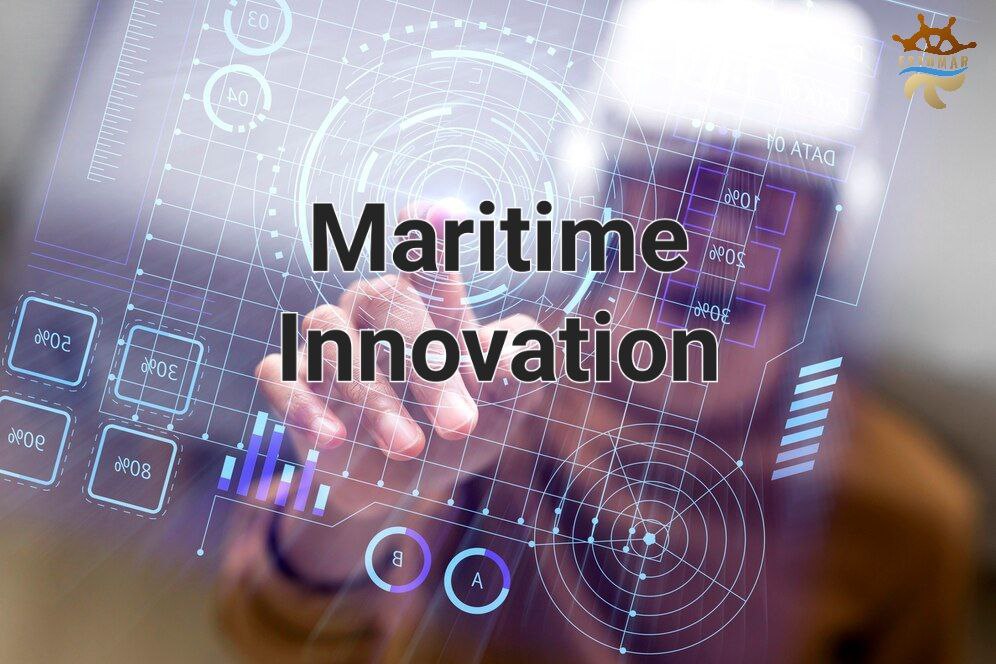
The shipping industry is under pressure to decarbonise in the next decade, to cut emissions of pollutants including carbon. Many have announced their strategies to be carbon-neutral and targets for net zero within 10 or 20 years. In the long term, this will come from switching to low-carbon or zero-carbon fuels and batteries, and introducing efficient newbuilds.
But developing alternative and sustainable fuels is difficult and expensive, and maritime industries may not be able to adopt these new fuels until 2030.
In the shorter term, shipowners need to react to IMO’s new carbon intensity index (CII), which came into force Q4 2022, by improving the efficiency of existing ships through digitalisation and voyage optimisation.
Remote monitoring using onboard sensors, IoT and regular observational reporting enables shipping companies to understand the energy intensity of vessel operations and offer advice to captains to reduce fuel consumption.
Voyages can be optimised to lower ship speeds and use favourable currents and weather patterns to cut emissions while maintaining safe navigation. Analysing data can help owners to demonstrate the impact of operational efficiencies, monitoring fuel consumption and reporting emissions cuts to authorities.
Smart vessel maintenance
Shipping companies and engine manufacturers are increasingly using AI and machine learning for predictive maintenance on critical equipment on vessels. Engineers can use machine learning and adaptive algorithms to gain advanced insight into performance, condition and outcomes of ship machinery, systems and whole vessels.
These are evolving technologies, with hardware and software elements learning how to mimic human capacity for observing, monitoring, understanding and decision-making.
By combining AI with human expertise, shipowners can identify any operational issues, predict when maintenance is required to prevent breakdowns and provide chief engineers and captains with advice on improving machinery performance.
Owners can reduce operating costs using predictive diagnostics and IoT-based smart maintenance to enable in-time parts availability for optimal maintenance and to facilitate more in-water overhauls to reduce drydocking expenditure.
They can also use real-time data and advanced 3D computer models of ships for digital twins of actual vessels to monitor, diagnose and predict when maintenance is required.
AI and machine learning can also be used to determine how to tackle hull and propulsion fouling.
These technologies can be combined with virtual and augmented reality in eyewear, so onshore engineers can provide real-time information and advice to those maintaining and overhauling machinery on ships.
JIT port arrival
There is a conundrum in the shipping industry that needs to be solved before ships can be truly decarbonised. Ports and terminals work on a different timescale to ships, and charterers have alternative requirements to shipowners.
This is seen regularly with ships sailing at high speed with high emissions between ports, only to be anchored outside the harbour waiting for its slot to load or unload cargo. With many ports and terminals working on a first-come-first-served basis, cargo owners, charterers and ship operators want to get there early, but this leaves ships steaming at full speeds consuming much more fuel than if their voyage was optimised.
There is also evidence ships have taken the quickest route between ports ignoring forecasts of adverse weather, putting the vessel, cargo and seafarers at risk.
Decarbonisation efforts means there is growing need for just-in-time (JIT) port arrivals and better communications between stakeholders in the ship and the ports.
AI is expected to play an increasing role in voyage optimisation and JIT port arrivals.
Blockchain technology
Blockchain technology has been increasingly utilized in the maritime industry to enhance transparency, visibility, security, and efficiency across different domains such as supply chain management, vessel registration, and cargo tracking. The core concept of blockchain involves a decentralized digital ledger that provides a secure and transparent way of recording transactions.
With its distributed architecture, blockchain can create an immutable record of a ship’s movements, which can help to prevent fraud and enhance safety. Furthermore, the use of smart contracts instead of paperwork on a blockchain platform can help automate various processes, reducing delays and saving costs.
Manual data logging systems are slow and prone to forgery. This fuels a lack of trust between maritime companies, vessel owners, vessel operators, and ports, hindering overall productivity. Blockchain technology counters this by offering transparent, tamper-proof data storage, ensuring data integrity and visibility into transactions and financial operations.
Startups are developing blockchain solutions like automated documentation platforms, payment systems, and maritime-specific smart contracts. This transparency in the maritime value chain ensures seamless operations with tamper-free data and communication flow.
JET Engineering System Solutions provides 5G at Sea
JET Engineering System Solutions is a British startup that enables 5G at sea. The startup deploys autonomous and uncrewed connectivity platforms to achieve this, creating a 5G mesh. This network provides a low-latency, high-speed network for vessels and other maritime assets. In addition, it improves search and rescue operations, optimizes aquaculture management, facilitates offshore renewable asset monitoring, and enables smart ports.
Advancements in connectivity and on-premise systems enable the integration of emerging technologies in the otherwise disconnected and remote maritime sector. Clean energy and energy-efficient integrations collectively reduce the emissions of the industry. AI, robotics, big data, analytics, and blockchain further improve the efficiency of maritime operations.
- Tags:
- Security
- Safety
- Competence
Comments